Inescapable Equestrian Importance
The domestication of the horse on the steppe was perhaps the principle driving force behind Sanskrit's spread to the west. Today, both Europe and much of Asia have retained an equestrian culture and indeed, when the Spanish arrived in the Americas they brought with them the horses that would eventually form the backbone of the cultures of both the invaders and the invaded. However, that horse culture never arrived in the subcontinent, in spite of the fact that Sanskrit had, and the people whose language it was are most associated with it, specifically India, in the modern sense of the name's usage.
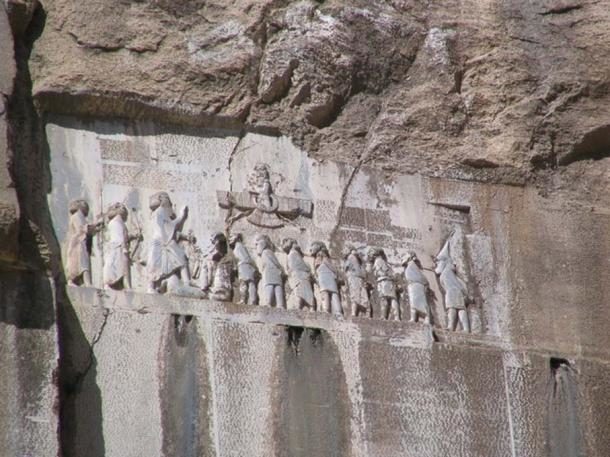
Upon arrival in the subcontinent, the Aryan clans appear to have adopted the cow as an animal around which their society would be built. Not the horse. The cow became divine and the workhorses became buffaloes, or elephants (also considered to be divine). Were these the creatures that were venerated by the indigenous peoples whose land had been overrun? Was it the spiritual culture of the vanquished that was to conquer the souls of the victors?
Contemporary Civilizations Around the World
At the time that the Aryans are thought to have been migrating south and west, other sophisticated cultures, eclipsing that of the Aryans themselves, existed in other parts of the world. In the Americas, the Mayan people had mapped the firmament, developed a sophisticated calendar and built extraordinary pyramids, it seems without the use of the wheel. Their temple complexes, we are taught, like those of the Incas of the Andean ranges, were built using primitive technologies-at best, and yet the gigantic blocks were placed so precisely, that even after hundreds, sometimes thousands of years of weathering, a cigarette paper could not find a home between them.
In North Africa, the Egyptians enjoyed a culture that was thriving, perhaps even declining at the time the Aryans arrived in the northwest frontier of ancient India. They too had developed a civilization that was sophisticated enough to have also accurately mapped their celestial environment and kept good time with their calendar. Few in the world have not heard of the pyramids of Giza or are not able to recognize an image of the Sphinx.
The pyramids of Giza and those at the other sites that run north to south along the Nile valley; Abusir, Saqqara, Dashur, Abu Rawash, Lisht and Meidum , the first true pyramids, were also extraordinary works of engineering; precision cut stones without the tell-tale signs left behind by the chatter of the craftsman's chisels. The keepers of the ancient traditions of Egypt's indigenous culture insist that the stone blocks from which monuments and their accompaniments were built, were cut from the rock using sound, therefore cutting as precisely as we may achieve today with a laser. Sound and light technology was available to and understood by the ancient civilizations.
Contemporaneously with the culture of the Nile, were those of the Euphrates; Sumer and Babylon, circa 4500 BC-1900 BC and 2300 BC-1000 AD respectively. Beyond the similarities in architecture and astronomy, are more subtle likenesses; the high esteem in which the cow was held, a rice-based culture, a priestly caste distinct and more highly regarded than those born into the ruling class and all existing in a climate and terrain very different to the North African and Arabian deserts that we know them to be today.
You can read the rest of the article here.
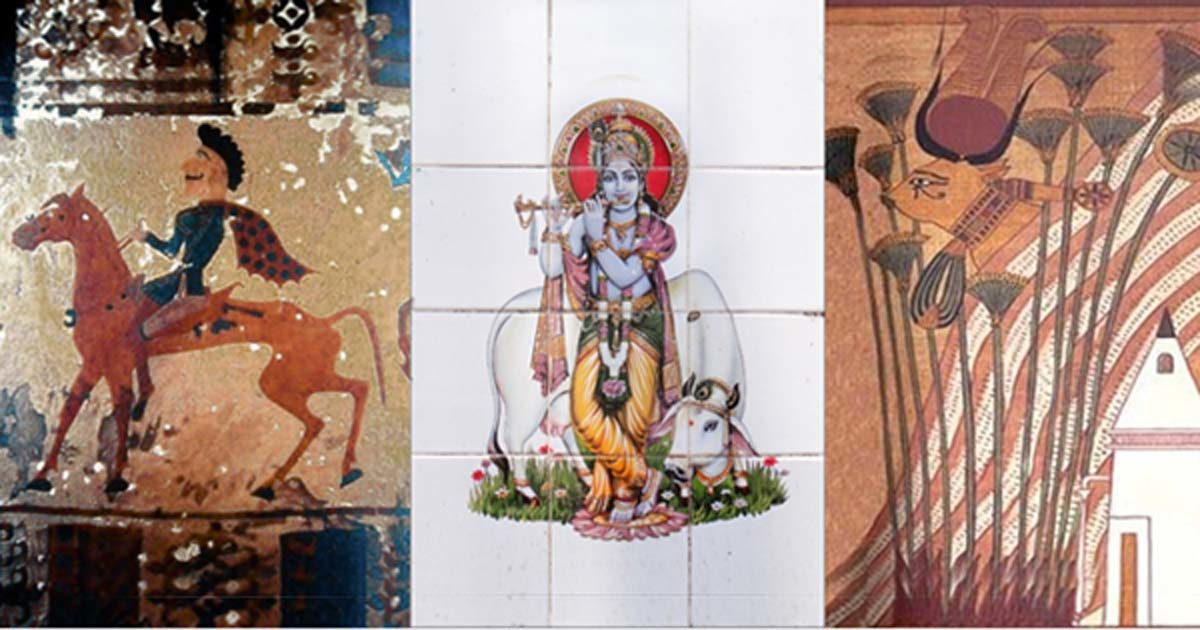
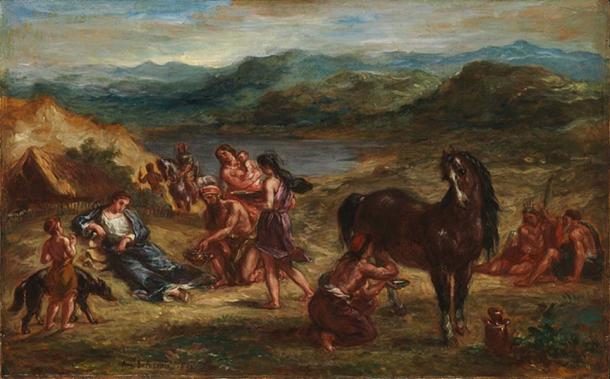
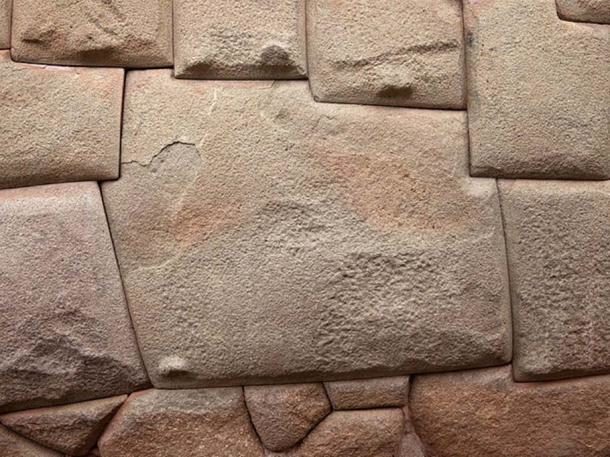
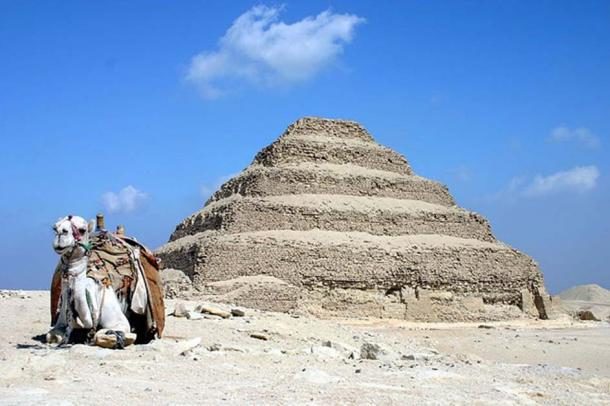



The first people created were Ethiopians, established fact.
Ethiopia civilized the world, established fact.
Why am I not seeing celestial Ethiopians in this article?
“The domestication of the horse on the steppe” - established historical facts say the first people to domesticate the horse was, in one instance the Atlanteans, another instance the Ethiopians. Since they both could not have been the first,tat the same time, this is merely one of the facts which guided me to prove Ethiopia is Atlantis!
There are numerous similar facts used to prove same. Why not drop-by mycvp.com, and read the book – Ethiopia is Atlantis!. The proof is demonstrated with established historical facts, all referenced.
From the book, you will learn of the Ethiopian roots of the Sanskrit. You will learn Egypt was the first country civilized by Ethiopia, then they both (under Ethiopian control) civilized India and the rest of the world. If you follow James Cameron’s documentary on his search for Atlantis, you will learn of the common culture from an advanced civilization they were discovering. Hence the commonality of cultures, etc.
All ancient gods, dieties .. have been Ethiopic. I urge you, please read the book. More is added to it right now. But do not await the next copy.
Shalom